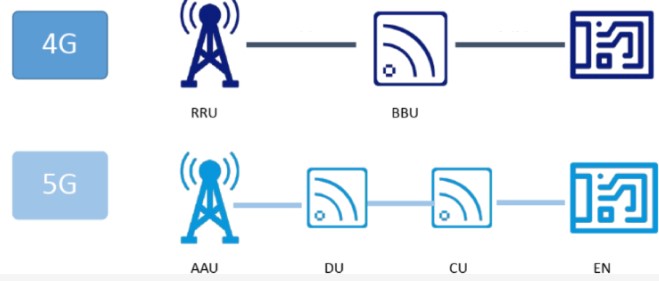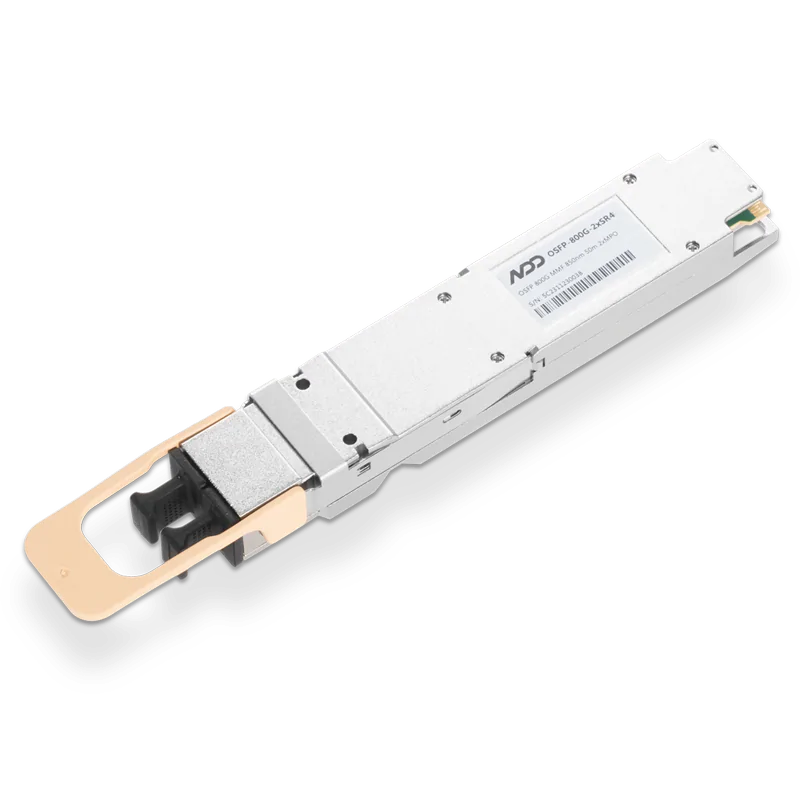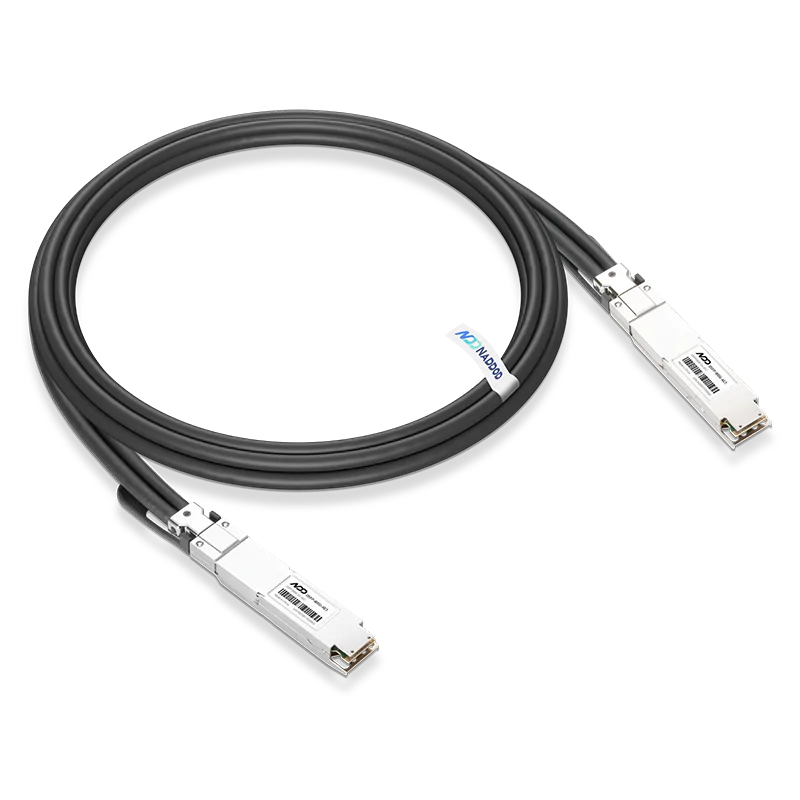5G construction will drive the rapid growth of demand for telecom optical modules. In the future, 5G national coverage will require the construction of nearly ten million base stations, potentially hundreds of millions of high-speed optical modules. It is estimated that the domestic telecom optical module market will reach 15.8 billion yuan in 2021 . Among them, 5G products are 6.9 billion yuan, and 5G 25G optical modules are 5.3 billion yuan. In terms of demand for 5G optical modules, it is divided into three parts: fronthaul, midhaul, and backhaul.

5G Fronthaul: 25G/100G Optical Module
5G networks require higher base station/cell site density, so the demand for high-speed optical modules has greatly increased. 25G/100G optical modules are the preferred solution for 5G fronthaul networks. Since the eCPRI (Enhanced Common Public Radio Interface) protocol interface (typical rate of 25.16Gb/s) is used to transmit baseband signals of 5G base stations, the 5G fronthaul network will greatly rely on 25G optical modules. Operators are working hard to prepare infrastructure and systems to facilitate the transition to 5G. At its peak, in 2021, the domestic optical module market size required for 5G is expected to reach 6.9 billion yuan, with 25G optical modules accounting for 76.2%.
Considering the complete outdoor application environment of 5G AAU, the 25G optical modules used in the fronthaul network need to meet the requirements of industrial temperature range from -40°C to +85°C and dustproof, and the 25G gray light and color light modules will Deployment based on different fronthaul architectures for 5G networks.
The 25G gray optical module is more suitable for point-to-point fiber direct connection due to its rich fiber resources. Although the optical fiber direct connection method is simple and low in cost, it cannot meet management functions such as network protection and monitoring, so it cannot provide high reliability for uRLLC services and consumes more optical fiber resources.
25G color optical modules are mainly installed in passive WDM and active WDM/OTN networks because they can provide multiple AAU to DU connections using one fiber. The passive WDM solution consumes less fiber resources, and passive equipment is easy to maintain, but it still cannot realize functions such as network monitoring, protection, and management; active WDM/OTN saves fiber resources, and can realize OAM functions such as overhead performance and fault detection. Provide network protection. This technology naturally has the characteristics of large bandwidth and low delay. The disadvantage is that the network construction cost is high.

100G optical modules are also considered to be one of the preferred solutions for fronthaul networks. In 2019, 100G has been set as a standard installation together with 25G optical modules to keep pace with the rapid development of 5G commercial use and services. In fronthaul networks that require higher rates, 100G PAM4 FR/LR optical modules can be deployed. 100G PAM4 FR/LR optical module can support 2km (FR) or 20km (LR).
5G Mid-haul: 50G PAM4 Optical Module
The 5G mid-haul network has requirements for 50Gbit/s optical modules, and both gray light and color light modules can be used. 50G PAM4 QSFP28 optical module using LC optical port and single-mode fiber, it can double the bandwidth through single-mode fiber link without installing filters for wavelength division multiplexing. Amplified by shared DCM and BBU sites, it can transmit 40km. The demand for 50G optical modules mainly comes from the construction of 5G bearer network. If 5G bearer network is widely adopted, its market is expected to reach tens of millions.
5G Backhaul: 100G/200G/400G Optical Modules
5G backhaul networks will need to carry more traffic than 4G due to higher performance and higher bandwidth 5G NR New Radio. Therefore, the aggregation layer and core layer of the 5G backhaul network have requirements for DWDM colored optical modules with rates of 100Gb/s, 200Gb/s and 400Gb/s. 100G PAM4 DWDM optical modules are mainly deployed at the access layer and aggregation layer, and can support 60km through shared T-DCM and optical amplifiers. Core layer transmission requires high capacity and an extended distance of 80km, so 100G/200G/400G coherent DWDM optical modules are required to support metropolitan core DWDM networks. Now, the most urgent thing is the demand for 100G optical modules in 5G networks. Service providers need 200G and 400G bandwidth to achieve the throughput required for 5G deployment.
In midhaul and backhaul scenarios, optical modules are often used in computer rooms with better heat dissipation conditions, so commercial-grade optical modules can be used. At present, the transmission distance below 80km mainly uses 25Gb/s NRZ or 50Gb/s, 100 Gb/s, 200Gb/s, 400Gb/s PAM4 optical modules, and the long-distance transmission above 80km will mainly use coherent optical modules (single carrier 100Gb/s and 400Gb/s).

 800GBASE-2xSR4 OSFP PAM4 850nm 50m MMF Module
800GBASE-2xSR4 OSFP PAM4 850nm 50m MMF Module- 1Seven Professional Tests for Optical Transceiver
- 2Application Scenarios of Optical Transceivers
- 3100G & 400G Optical Transceiver Marketing
- 4Introduction to Open-source SONiC: A Cost-Efficient and Flexible Choice for Data Center Switching
- 5OFC 2025 Recap: Key Innovations Driving Optical Networking Forward






























